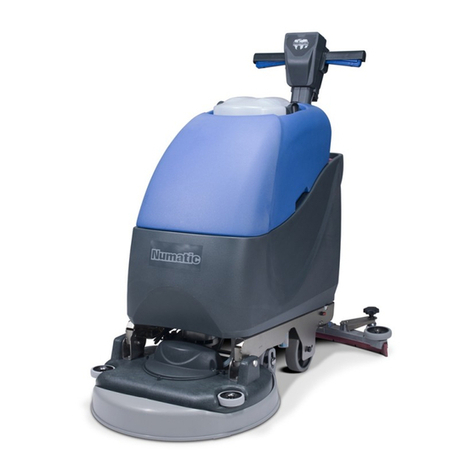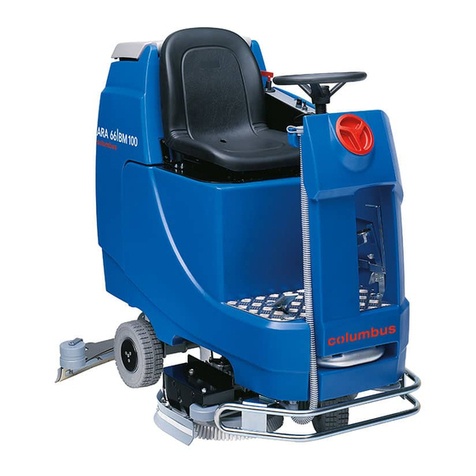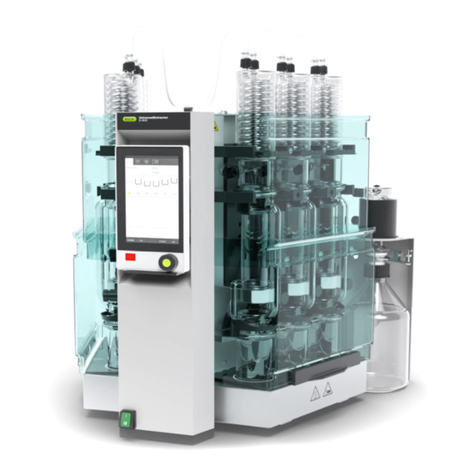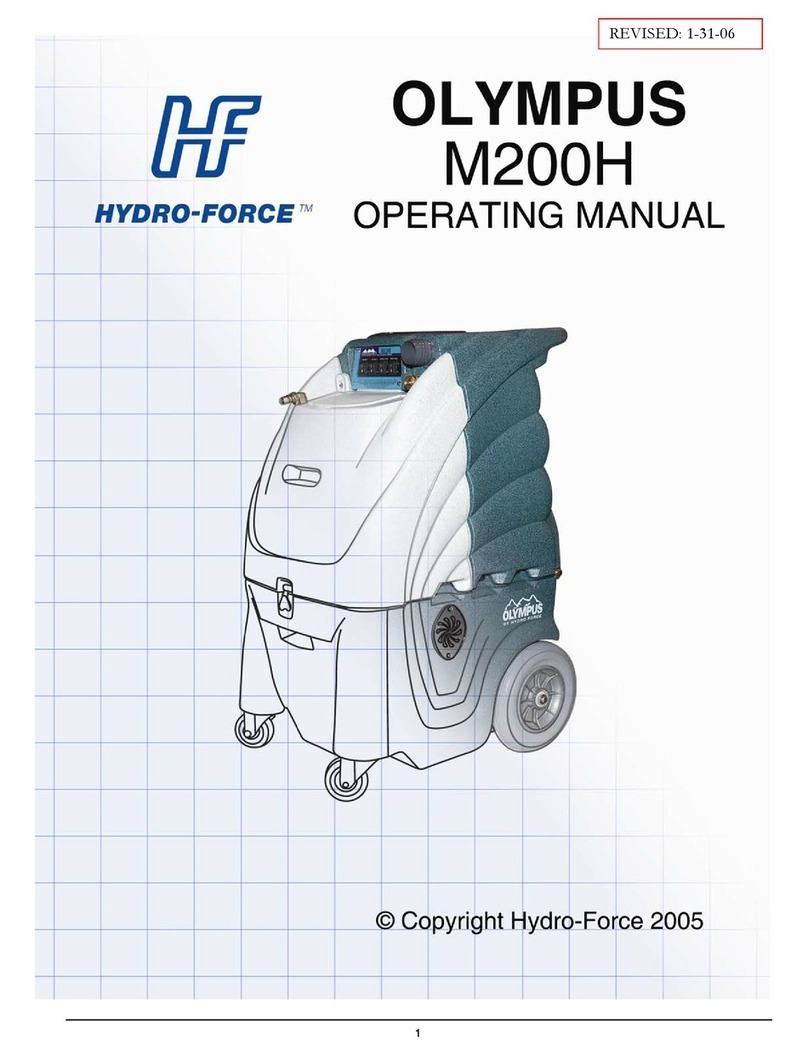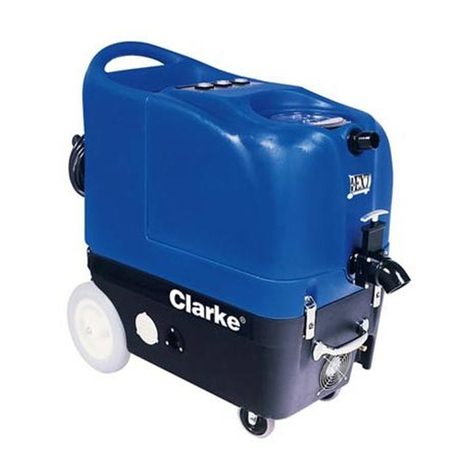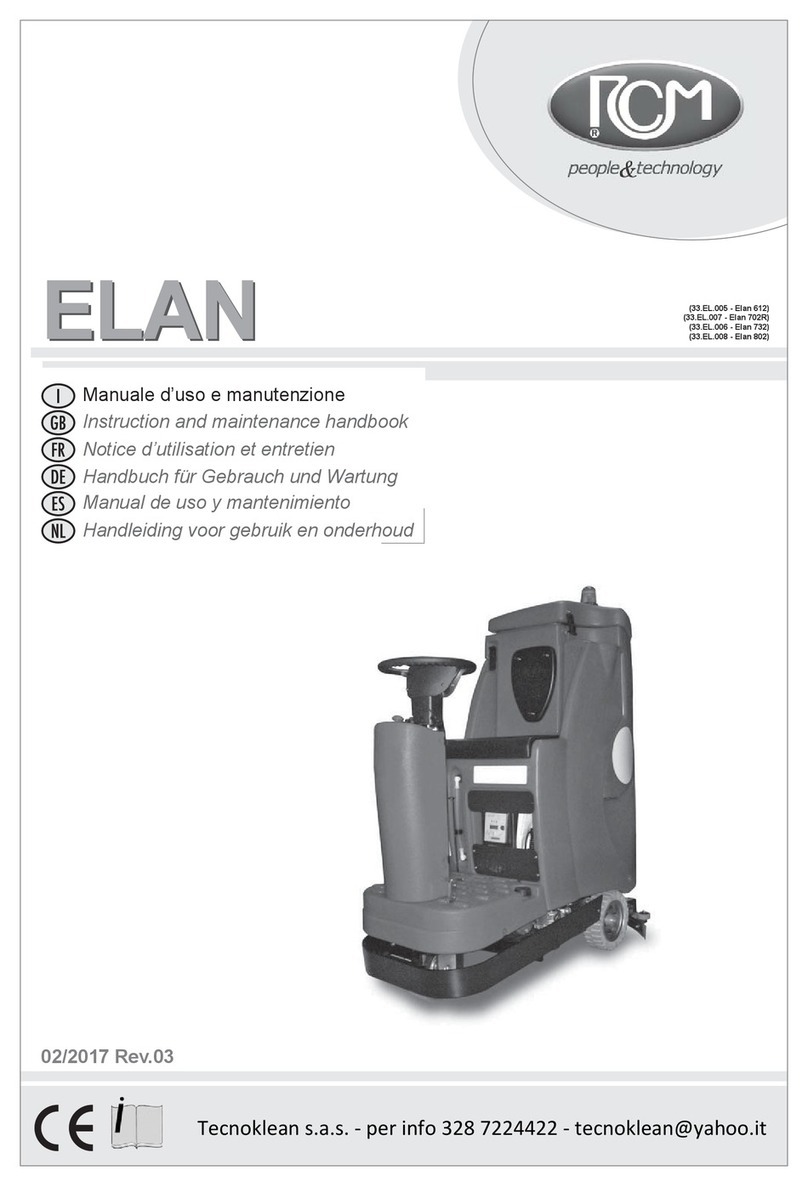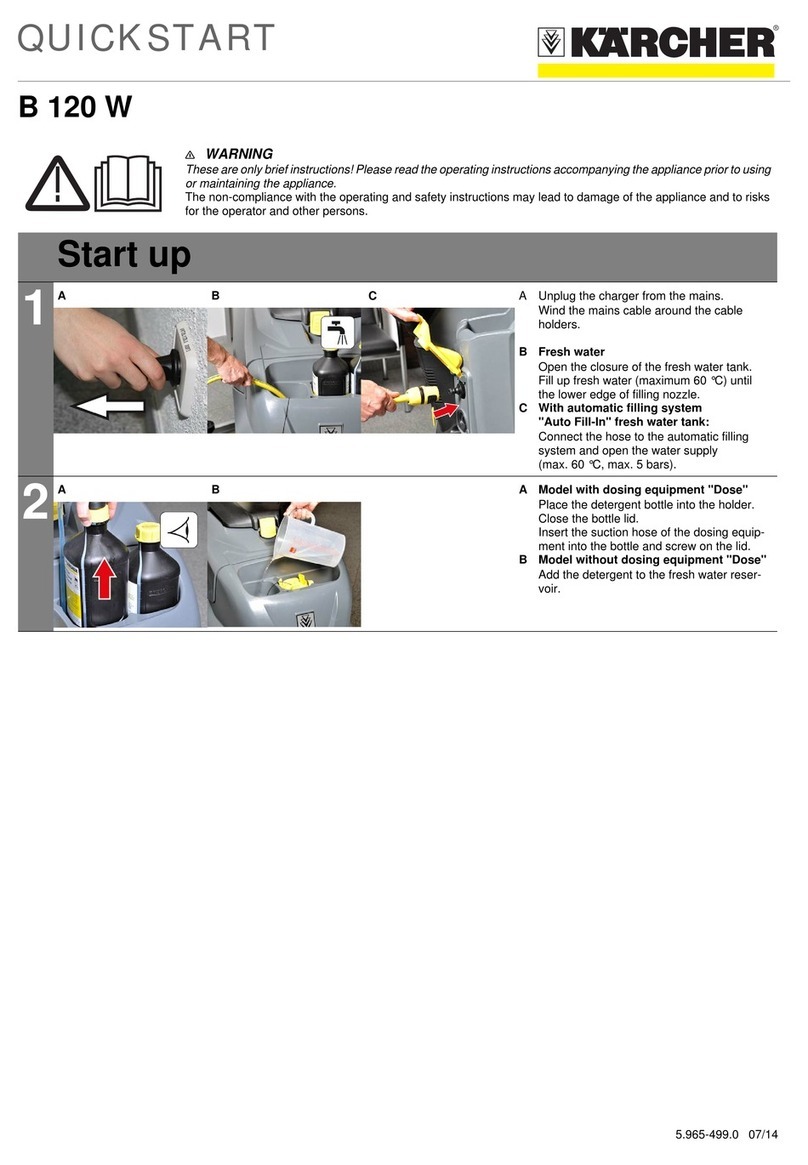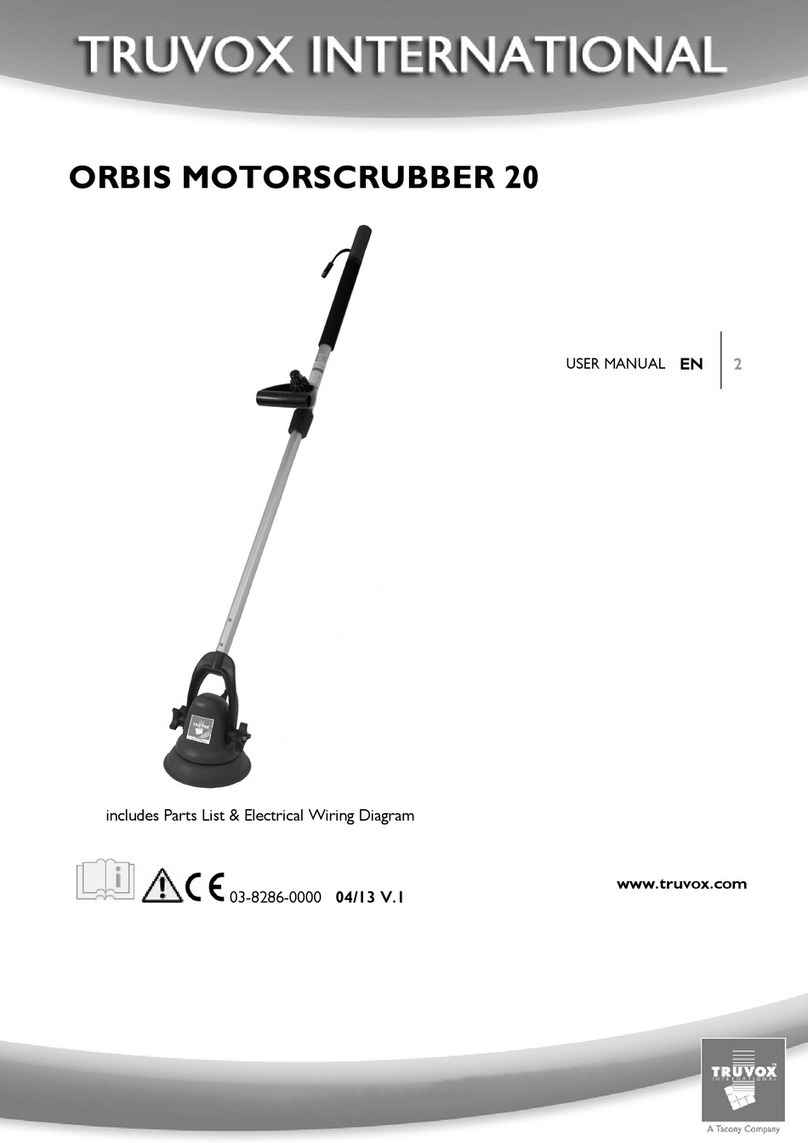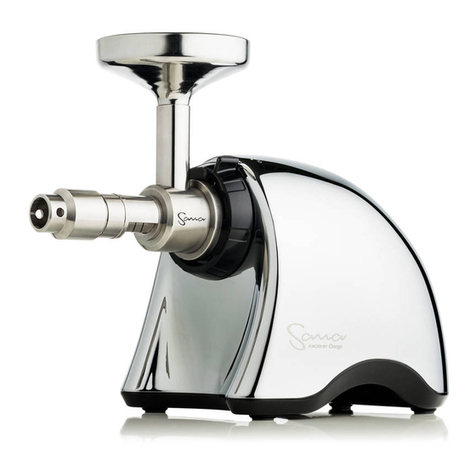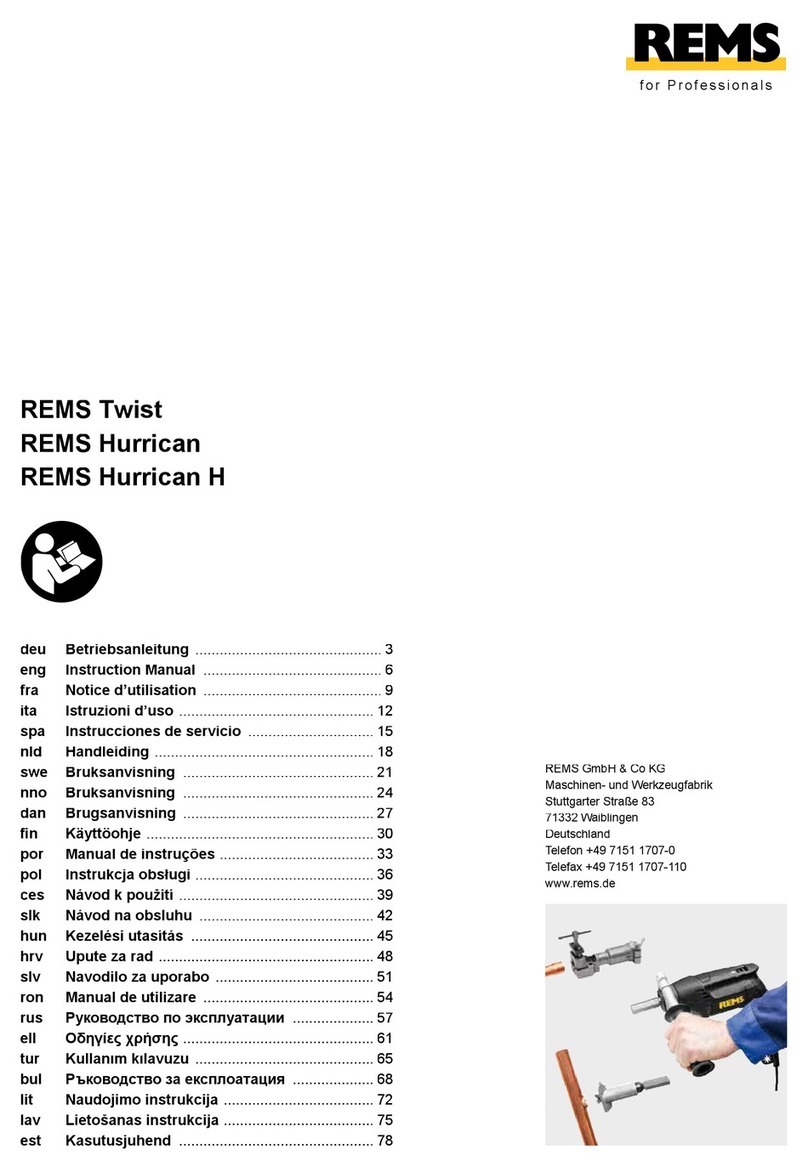
BÜCHI Labortechnik AG Table of contents
Operation Manual UniversalExtractor E-800 v
6 Operating the interface pro ..............................................................................................46
6.1 Layout of the interface pro................................................................................................................. 46
6.2 Function bar....................................................................................................................................... 46
6.3 Menu bar............................................................................................................................................ 47
6.3.1 Home menu ...........................................................................................................................48
6.3.2 Setup menu............................................................................................................................49
6.3.3 Method menu.........................................................................................................................49
6.3.4 Configuration menu................................................................................................................49
6.3.5 Solvent menu.........................................................................................................................51
6.4 Status bar .......................................................................................................................................... 51
6.5 Selecting a method for an extraction position.................................................................................... 52
6.6 Editing a method................................................................................................................................ 52
6.6.1 Creating a new method..........................................................................................................52
6.6.2 Changing the name of a method............................................................................................53
6.6.3 Setting the solvent of a method .............................................................................................53
6.6.4 Setting the analyt protection ..................................................................................................53
6.6.5 Setting the inert gas (option) (Soxhlet, Soxhlet Warm, Continuous, Hot and Twisselmann Ex-
traction only) ..........................................................................................................................54
6.6.6 Setting the extraction time of a method .................................................................................54
6.6.7 Setting the extraction cycles of a method (Soxhlet and Soxhlet Warm Extraction) ...............55
6.6.8 Setting the extraction heating level of a method.................................................................... 55
6.6.9 Setting the chamber heater (Soxhlet Warm, Hot and Twisselmann Extraction).................... 56
6.6.10 Setting the Soxhlet valve open time of a method (Soxhlet and Soxhlet Warm Extraction).... 56
6.6.11 Setting the rinse time of a method (Soxhlet, Soxhlet Warm, Hot and Twisselmann Extraction).
57
6.6.12 Setting the rinse heating level of a method (Soxhlet, Soxhlet Warm, Hot and Twisselmann
Extraction)..............................................................................................................................57
6.6.13 Setting Dry step .....................................................................................................................58
6.7 Editing a solvent ................................................................................................................................ 58
6.7.1 Creating a new solvent ..........................................................................................................58
6.7.2 Changing the name of a solvent (own created solvents only) ...............................................59
6.7.3 Changing the chamber heating level (option) ........................................................................59
6.7.4 Changing the heating level of a solvent................................................................................. 59
6.7.5 Changing the boiling point of a solvent.................................................................................. 60
6.7.6 Changing the enthalpy of a solvent........................................................................................60
6.7.7 Changing the molecular weight of a solvent ..........................................................................61
6.7.8 Changing the density of a solvent..........................................................................................61
7 Performing an extraction ..................................................................................................62
7.1 Preparing the instrument for an extraction......................................................................................... 62
7.1.1 Putting the glass sample tube with frit in the extraction glass chamber................................. 62
7.1.2 Adjusting the optical sensor (Twisselmann and Continuous Extraction only)........................62
7.1.3 Adjusting the optical sensor (Soxhlet, Soxhlet Warm and Hot Extraction) ............................63
7.2 Preparing the extraction positions ..................................................................................................... 63
7.2.1 Selecting a method for all extraction positions....................................................................... 63
7.2.2 Selecting different methods for each extraction position .......................................................64
7.2.3 Selecting a programmed setup.............................................................................................. 64
7.3 Starting an extraction......................................................................................................................... 64
7.4 Task during performing an extraction ................................................................................................ 65
7.4.1 Adding solvent through the condenser ..................................................................................65
7.5 Ending an extraction.......................................................................................................................... 67
7.6 Shutting down the instrument ............................................................................................................ 67
7.7 Exporting extraction parameters........................................................................................................ 67
7.7.1 Exporting extraction parameters without cloud connection.................................................... 67
7.7.2 Exporting extraction parameters with cloud connection......................................................... 67
